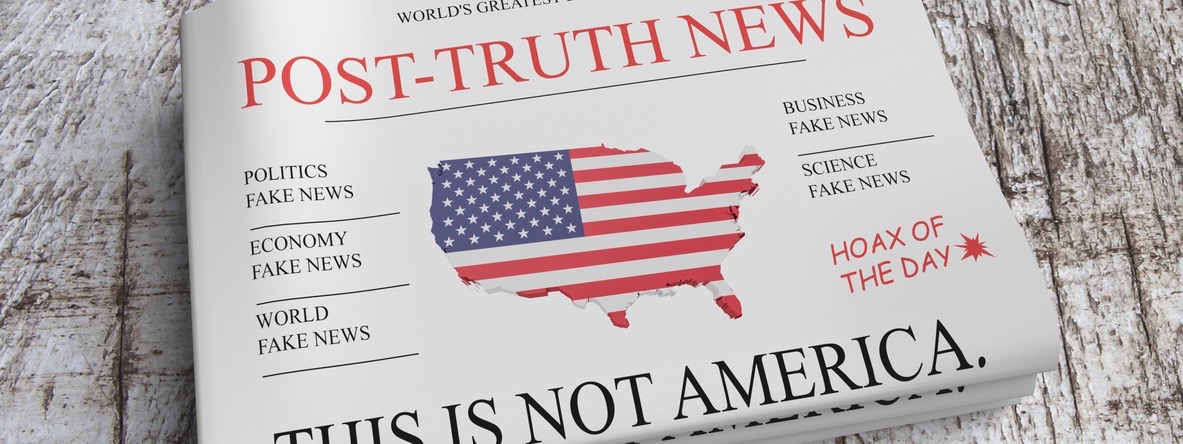I’ve been shocked to follow the emergence of fake news—and it has made me think more about “truth” in media and what that means. As a PR professional, I help companies find ways to get media coverage for their important stories. Inevitably, we also try to address when stories come out that may not be un-true, but because they don’t tell the whole balanced story, they are misleading to the point where they can erroneously alter a company’s reputation.
I started thinking about “the whole truth” and why that’s so important in storytelling, along with why people so often like to ignore “the whole truth” to tell a story they “want” to tell, which may or may not be accurate in context.
Brooke Gladstone wrote in her new book “The Trouble with Reality” is that “facts, even a lot of facts, do not constitute reality. Reality is what forms after we filter, arrange, and prioritize those facts and marinate them in our values and tradition.”
Fake news and the filter bubble
There’s obvious fake news, like the rumors that abounded recently about Pope Francis endorsing Donald Trump. Then there’s the distorted news we’re all now familiar with, proliferated by the exponential effect our own world view has on social media, filtered by the like-minded people we surround ourselves with and the like-minded news sources we choose to read in an opt-in kind of world. I’ve heard this effect called “the filter bubble.”
According to NewsWhip, 10 percent of the 200 most engaged stories on social media about the French presidential candidates in the two months before the election, were from fake news sites. How do we address our own filter bubble and purify our awareness of reality?
Facebook launched a PR campaign to help users identify fake news. But even this comes down to fact checking: check the source. And we need to remain vigilant to multiple sources to suss out the true from the fiction. Like many people, I get much of my daily news from social media where I follow feeds from various news sources, but I try to keep the sources to a healthy variety including NYT, WSJ, USA Today, Today Show, CNN, and more. For me this makes sense because I work on the other side of the news and like to stay up to date on current events as much as I can. For some following all these sources could become tedious!
Trust is a gray area
On a more complex level, deciding which are trustworthy sources is becoming less black and white. Gallup’s 2016 poll of Americans’ trust in mass media “to report the news fully, accurately and fairly” fell to its lowest level ever, with only 32 percent saying they have a great deal or fair amount of trust in the media. This didn’t start with Trump, that trust in “establishment media” has been on a steady decline for 20 years.
What do we do about this shattered trust that now exists with the old standard bearer media and their new counterparts? Despite the true blue journalists who still stand on pedestals, the blush is off the rose and we can’t read the news anymore without a certain amount of skepticism. Like I tell my kids, don’t believe everything you read, especially on the internet.
As is the case in other facets of life, we need to make sure all voices are heard, to check sources and facts, form partnerships wherever we can to bridge the divide among different players, and always be authentic and truthful for our own part.







